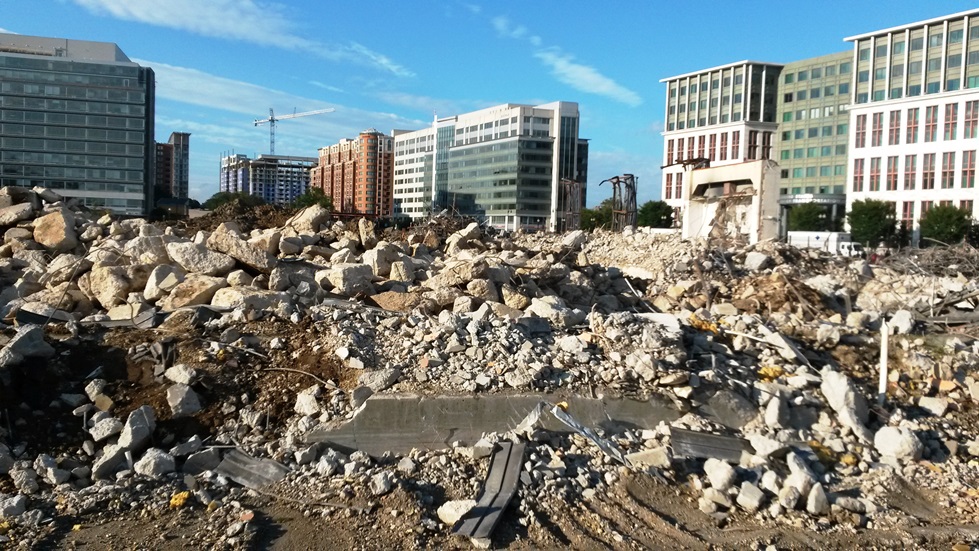The old 1960s-era “urban renewal” fallacy of “destroy it and they will come is still alive and well in Americna cities today. Apparently, urban leaders refuse to learn from past mistakes.
In today’s urban policy circles, the preferred terms for this process are “smart decline” or “managed decline.” Consider it palliative care for cities. The problem, of course, is that if you manage decline you are likely to get, well, decline.
In a new study titled “Demolition As Urban policy in the American Rust Belt,” planning professor Jason Hackworth of the University of Toronto found that “there are 269 neighborhoods in 49 cities that have lost more than 50 percent of their housing since 1970. This wave of destruction has claimed more homes than urban renewal efforts have, but it has “not led to market rebound or a decrease in social marginality.”
Put another way, those Rust Belt neighborhoods with the most disassembly since 1970 didn’t get better—they got worse.
Echoing this conclusion, Alan Mallach—a scholar on legacy cities who’d been “bullish on demolition”—recently told the Washington Post that “demolishing a lot of houses might be removing that neighborhood’s chance to revive in the future.”
This is not to say demolition isn’t a necessary tactic when used as part of larger redevelopment framework. The essential lesson here is that demolition is a tactic, not a strategy. By itself, it only leaves holes in the urban fabric. But as part of a sound revitalization strategy and comprehensive renewal process, thoughtful demolition can produce the desired results.
Abstract of report:
Demolition has long been a component of urban policy in the United States and elsewhere. Until recently, however, demolition was seen as a mere component of a wider policy—e.g. the first step to build an affordable housing complex, or a revived commercial strip. Recently some have suggested that demolition can have stand-alone regenerative effects—that is, if blighted housing is demolished, surrounding markets and neighborhoods will heal and regenerate without further intervention.
This article challenges this logic by examining neighborhoods in the American Rust Belt where ad hoc demolition has been the predominant urban policy in the past 40 years. In total, there are 269 neighborhoods in 49 cities that have lost more than 50% of their housing since 1970. In aggregate, these activities have led to more housing loss, and affected more land area than even the urban renewal period, yet have not led to market rebound or a decrease in social marginality.
Photo of (mostly necessary) 2014 demolition along Anacostia waterfront in DC by Storm Cunningham.
See full CityLab article by Richey Piiparinen.
See full paper “Demolition as urban policy in the American Rust Belt”.

